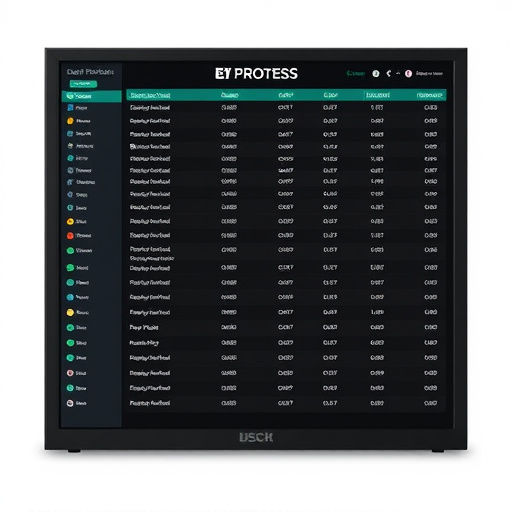The best air intake systems significantly impact vehicle fuel efficiency (MPG) by optimizing engine performance and airflow, leading to increased miles per gallon. Lighter vehicle designs, aerodynamic features, and proper tire pressure management also enhance MPG. Adopting best practices like upgrading to high-flow air intakes, regular maintenance, and using fuel-saving apps can achieve remarkable fuel economy, reducing consumption and costs.
In today’s world, optimizing highway mileage is crucial for both environmental sustainability and cost savings. This article delves into the intricacies of understanding and improving highway mileage, with a focus on the significant role of air intake in enhancing fuel efficiency. We explore best practices, tips, and tools to help drivers maximize their vehicle’s MPG, highlighting the importance of the best air intake systems for achieving optimal fuel efficiency.
- Understanding Highway Mileage and its Factors
- The Role of Air Intake in Fuel Efficiency
- Best Practices for Maximizing MPG: Tips and Tools
Understanding Highway Mileage and its Factors

Highway mileage, or fuel efficiency, is a critical factor in modern transportation and vehicle design. It’s not just about how far a car can travel on a full tank; it’s also understanding the intricate dance between various factors that impact overall miles per gallon (MPG). One key component is the air intake system. The best air intake for fuel efficiency plays a significant role in optimizing engine performance. By ensuring a consistent and adequate supply of clean air, vehicles can burn fuel more efficiently, leading to improved MPG.
Multiple elements influence highway mileage, including vehicle weight, aerodynamics, tire pressure, and driving behavior. For instance, lighter vehicles generally achieve better fuel economy due to reduced drag. Aerodynamic designs that streamline the car’s shape help cut down on wind resistance, which in turn improves efficiency. Additionally, maintaining proper tire pressure is often overlooked but can significantly impact MPG; under-inflated tires increase rolling resistance, leading to higher fuel consumption.
The Role of Air Intake in Fuel Efficiency

The role of air intake in fuel efficiency cannot be overstated, as it plays a pivotal part in enhancing a vehicle’s mileage. The best air intake systems are designed to optimize the flow of air into the engine, ensuring that the fuel-air mixture is precisely balanced for optimal combustion. This not only improves power output but also significantly boosts fuel efficiency, leading to better miles per gallon (MPG). By allowing more cold air into the engine—a key component in enhancing performance—these systems can increase the overall efficiency of the vehicle, resulting in reduced fuel consumption and lower emissions.
Among the various types of air intake systems, high-flow air filters are particularly popular among those seeking to improve their car’s MPG. These filters are crafted from advanced materials that enable them to capture more contaminates while still allowing ample airflow. This ensures that the engine receives a steady stream of clean air, contributing to smoother combustion and better fuel economy. When paired with other mileage-enhancing systems, such as performance exhausts or optimized fuel injectors, the best air intake for fuel efficiency can deliver remarkable results on both the track and the open road.
Best Practices for Maximizing MPG: Tips and Tools

To maximize your vehicle’s mileage per gallon (MPG), implementing best practices is key. One effective strategy involves upgrading to a high-flow air intake system, which improves fuel efficiency by enhancing airflow into the engine. The best air intake for fuel efficiency should be designed to minimize restriction, ensuring optimal air flow without compromising performance. This simple modification can result in noticeable MPG gains, making it an accessible and cost-effective solution for drivers seeking to reduce their fuel consumption.
Additionally, regular maintenance plays a pivotal role. Keeping your vehicle well-maintained by adhering to manufacturer recommendations for oil changes, tire pressure checks, and filter replacements ensures efficient operation. Using high-quality fuels and maintaining a steady speed also contribute to improved MPG. Drivers can leverage various tools, such as fuel-saving apps or onboard diagnostics, to monitor their driving habits and identify areas for improvement, ultimately leading to better fuel efficiency.
Highway mileage improvement systems, like optimizing air intake for fuel efficiency, play a significant role in enhancing vehicle performance. By understanding the factors affecting highway mileage and implementing best practices, drivers can maximize their miles per gallon (MPG). The use of a high-performance air intake system is key among these strategies, as it ensures a steady supply of cool, clean air to the engine, thereby boosting fuel efficiency. When combined with regular maintenance and smart driving habits, these techniques can substantially reduce fuel costs and minimize environmental impact, making them essential considerations for anyone looking to optimize their vehicle’s performance on the road.














